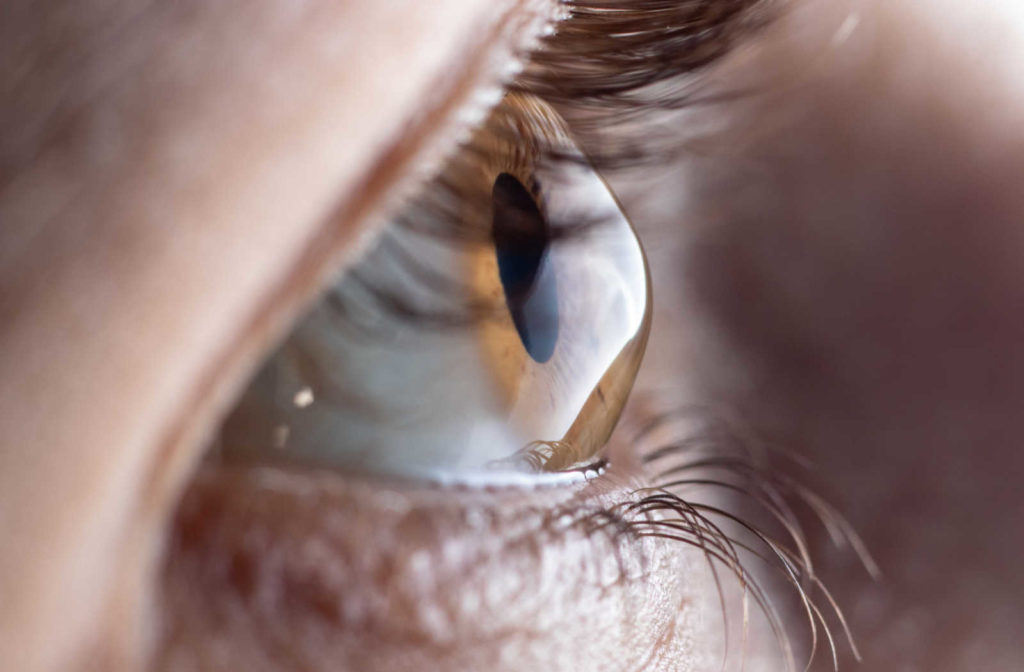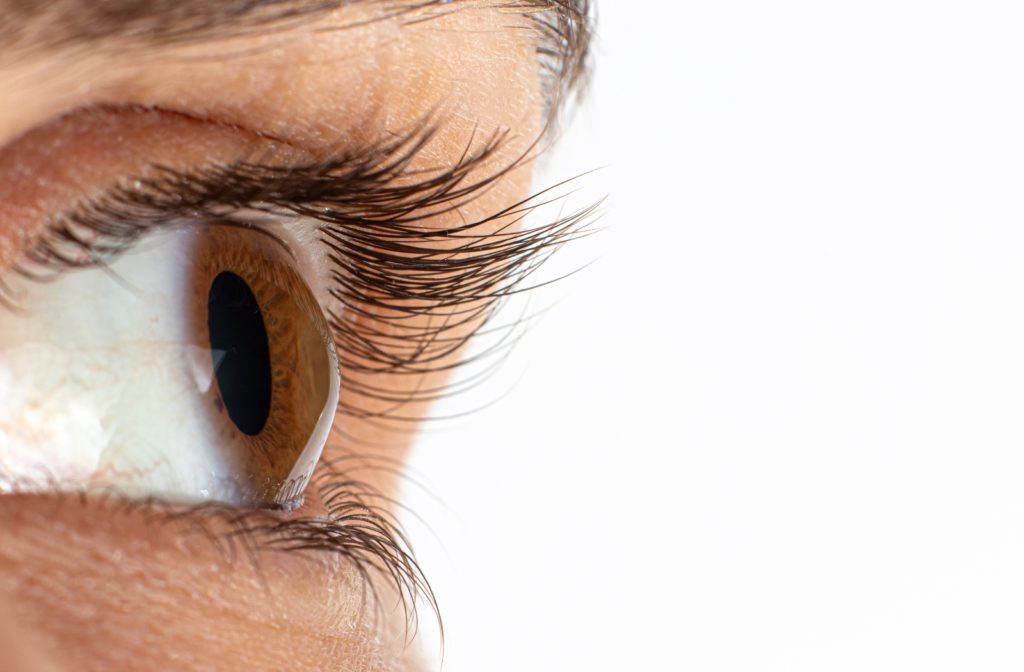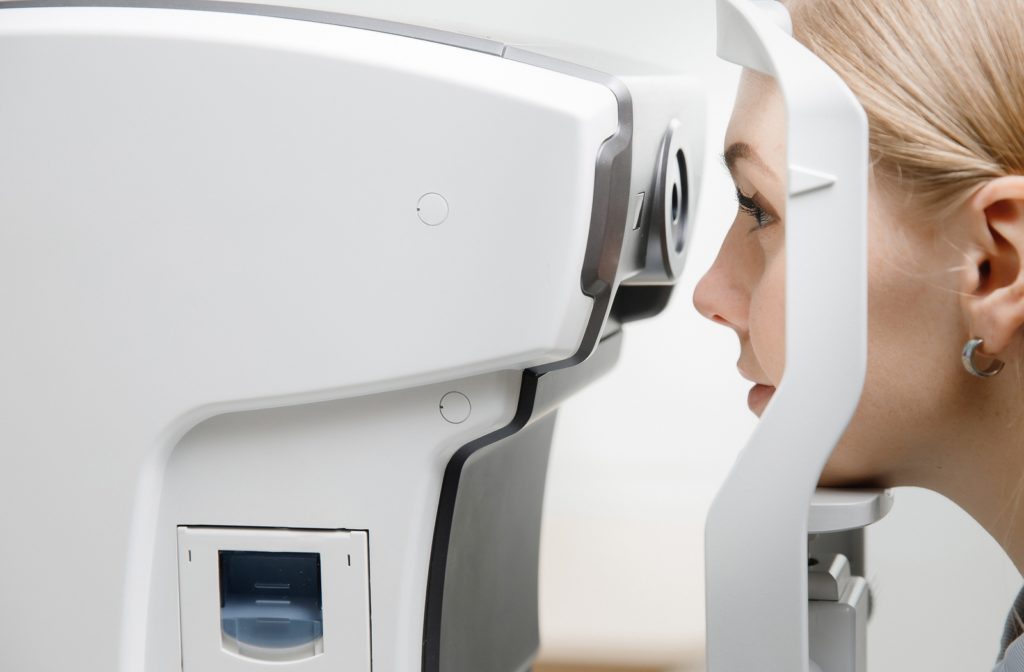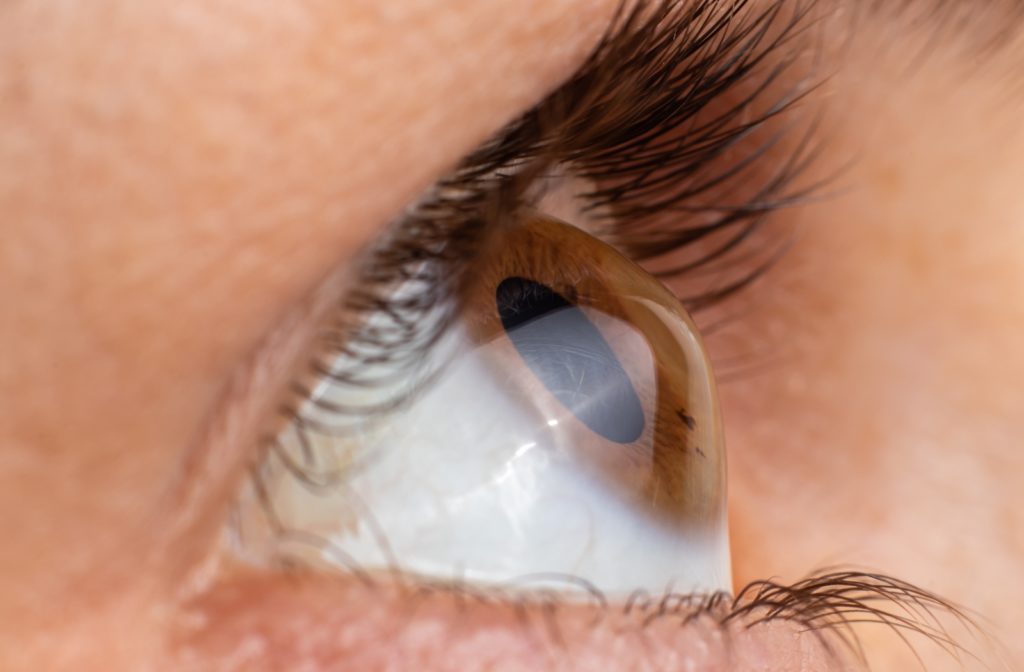Most eye diseases or eye conditions can benefit from prompt diagnosis and treatment. Lazy eye, or amblyopia, is no different. Amblyopia typically develops early in life, and research demonstrates that treatment is usually most effective in childhood. But technically, lazy eye can be treated at any time throughout a person’s life. Many optometrists and the […]
When Is It Too Late to Treat Lazy Eye?










